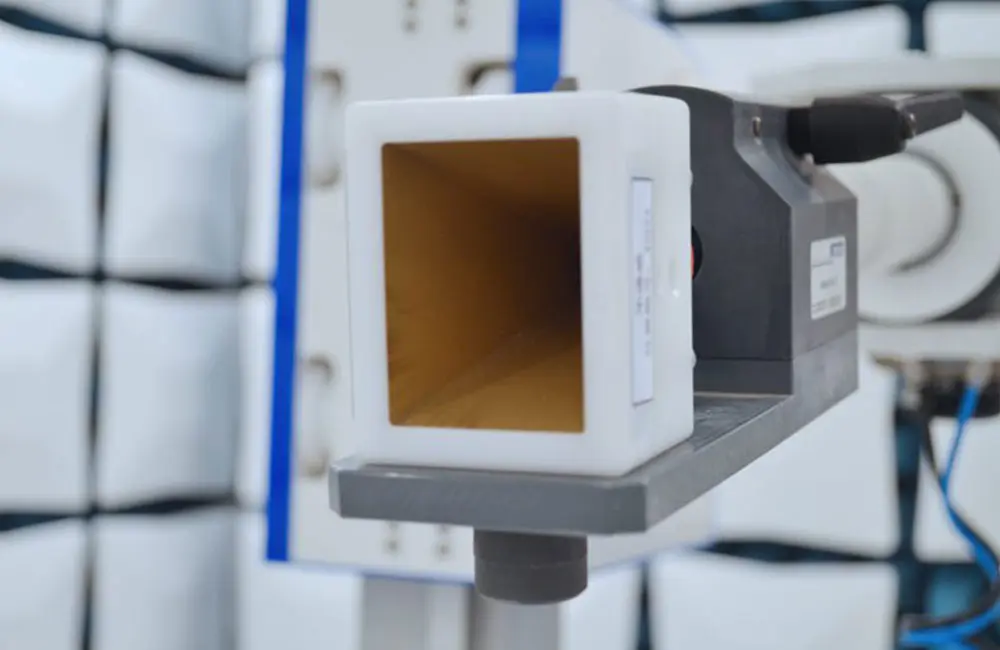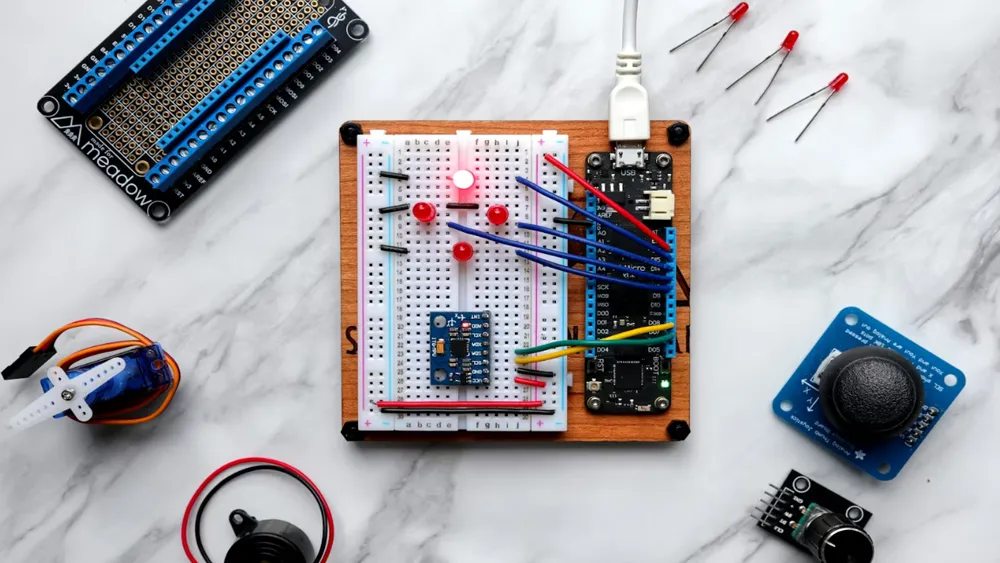
AS/NZS 60335.2.23 Testing for Hair Dryers/Styling Appliances
With the rapid growth of cross-border e-commerce, many sellers are targeting the Australian market. Australia enforces strict regULations for consumer products, especially for personal care devices like hair dryers and hair styling appliances, which are closely tied to user safety. For Amazon Australia, hair dryers and hair styling appliances must comply with AS/NZS 60335.2.23.

Amazon Requirements for Hair Styling Appliances
Hair Clippers must comply with:
a. Regulatory Compliance Mark (RCM)
b. as/nzs 4417.1 (Marking of electrical products to indicate compliance)
c. AS/NZS 4417.2 (Specific application requirements)
d. AS/NZS 60335.2.8:2013 + A1 (Safety standard for shavers, hair clippers, and similar appliances)
Hair Dryers must comply with:
a. Regulatory Compliance Mark (RCM)
b. AS/NZS 4417.1
c. AS/NZS 4417.2
d. AS/NZS 60335.2.23:2017 (Safety standard for appliances for skin or hair care)
Hair Styling Appliances (including straighteners and curling irons) must comply with:
a. Regulatory Compliance Mark (RCM)
b. AS/NZS 4417.1
c. AS/NZS 4417.2
d. AS/NZS 60335.2.23:2017
Hair Straighteners must meet one of the following:
a. Model is registeRED in the EESS database
b. A valid electrical approval certificate is registered in the EESS database
c. Documentation from an accredited lab confirming compliance with AS/NZS 60335.2.23:2017
1. Scope of the Regulation
AS/NZS 60335.2.23 applies to hair dryers and hair styling appliances sold in the Australian market.
Hair dryers include:
a. Handheld dryers
b. Styling dryers
c. Hot air brushes
d. Hot air curlers
e. Dryer-curler combinations
f. Wall-mounted handheld dryers
Hair stylers include:
a. Curling irons
b. Hair straighteners (also known as straightening combs or flat irons)
c. Wavers used to create wave patterns in hair
2. Detailed Regulatory Requirements
(1) Regulatory Compliance Mark (RCM)
Products must display the RCM, indicating compliance with Australian electrical safety laws. This mark can be used once the product has passed safety testing and is registered in the EESS database. It serves as a key identifier for compliance and ensures legal entry into the market.
(2) Testing Standards
a. AS/NZS 4417.1requires clear labeling to indicate regulatory compliance. Products should include the manufacturer name, model number, and other traceable details.
b. AS/NZS 4417.2sets detailed safety and construction requirements during the design and manufacturing process.
c. AS/NZS 60335.2.23:2017focuses on the safety of skin and hair care appliances, including:
Temperature limitations to prevent burns or fire risks
Insulation performance to prevent electric shock
(3) Test Reports and Registration Certificates
You must provide:
a. A test report from an ISO 17025, NATA, or CNAS accredited laboratory (e.g., JJR Lab in China)
b. A registration certificate or model certificate from the EESS database
These documents prove the product has been tested and legally registered under Australia’s safety system.
(4) Product Detail Page Requirements
You must include:
a. Model number, part number, or item number
b. Manufacturer or brand name
Documentation:
a. Test report from an accredited lab verifying compliance with AS/NZS standards
b. EESS registration or model certificate
Images:
a. Clear image of the product showing model or part number
b. Image of the RCM label on the product
Important Notes:
a. All documents and images must be original and unaltered
b. Images must clearly show the product and match what is listed on the product page
c. Manuals, warnings, and labels must be in the language of the target sales region
d. If selling as a set or bundle, include images of each item
e. Whenever possible, provide images of all sides of the product or packaging
3. Consequences of Non-Compliance
Selling uncertified hair dryers or hair styling tools in Australia may result in:
a. Forced product removal by Amazon, causing inventory losses and disrupted sales
b. Account penalties such as warnings, suspended privileges, or permanent bans
c. Legal consequences, including heavy fines, mandatory recalls, and other corrective actions from Australian regulators
Email:hello@jjrlab.com
Write your message here and send it to us
 What is Amazon TIC and How Can Sellers Achieve Com
What is Amazon TIC and How Can Sellers Achieve Com
 2026 Battery UN38.3 Certification (Test Report) &a
2026 Battery UN38.3 Certification (Test Report) &a
 What is the IEC 62680 Standard? Compliance Interpr
What is the IEC 62680 Standard? Compliance Interpr
 Amazon Japan December Compliance Requirements
Amazon Japan December Compliance Requirements
 How to Check a CPSC-Accepted Laboratory?
How to Check a CPSC-Accepted Laboratory?
 WEEE Registration for Waste Electrical &Electr
WEEE Registration for Waste Electrical &Electr
 MSDS Chemical Safety Testing
MSDS Chemical Safety Testing
 What Are the Differences Between UK REACH and EU R
What Are the Differences Between UK REACH and EU R
Leave us a message
24-hour online customer service at any time to respond, so that you worry!




